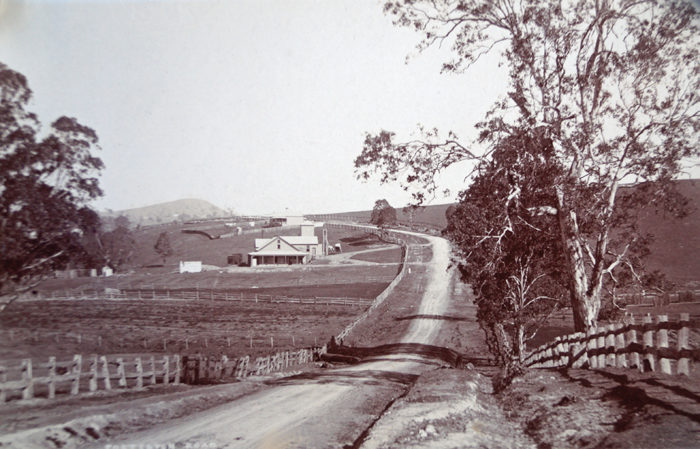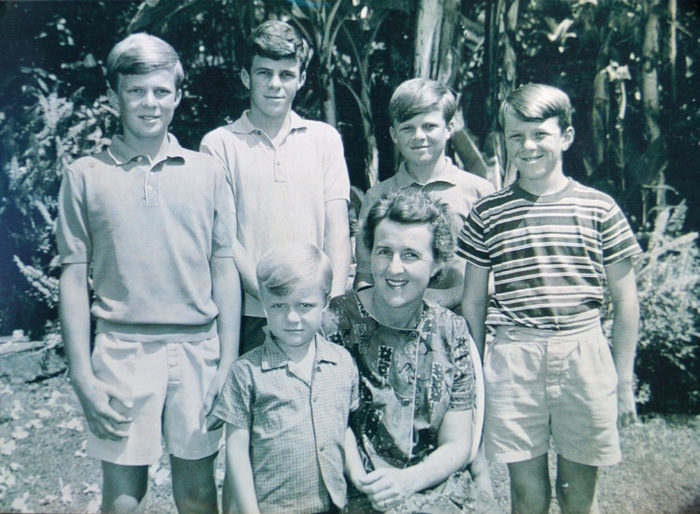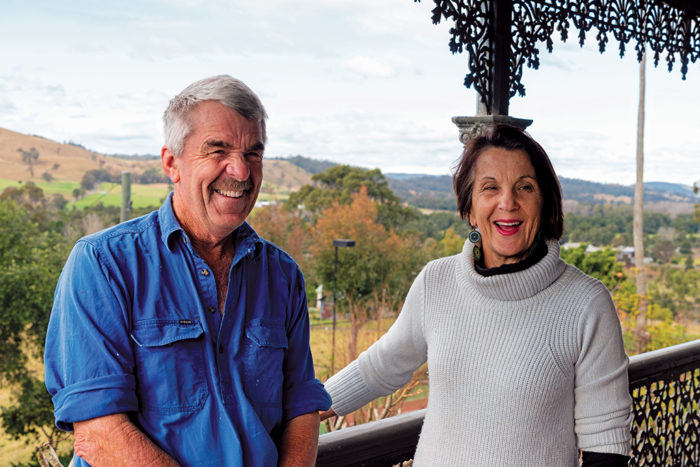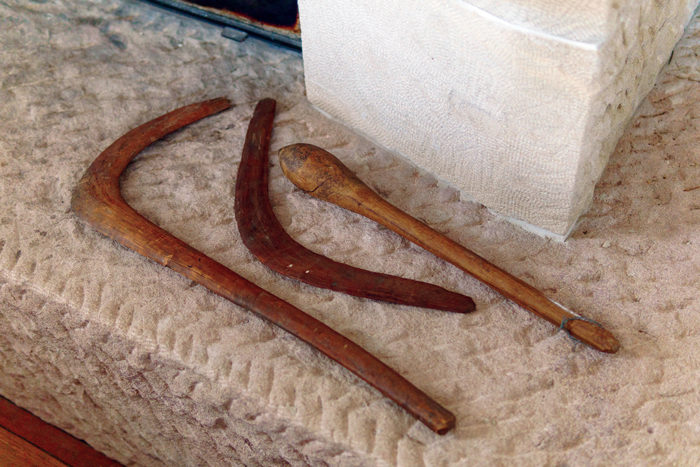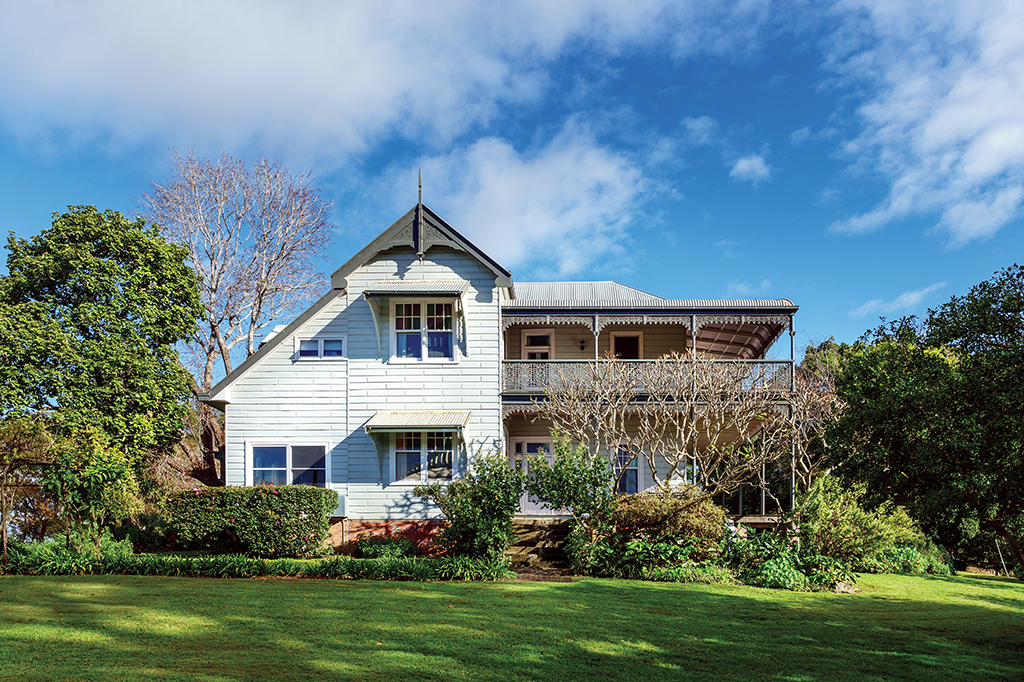
From Dundee to Dungog
Dungog’s iconic homestead Nulla Nulla brims with the memories and stories of four generations of Alisons, one of the area’s early pioneering families with a proud Scottish ancestry.
When braving the rocky roads of Dungog, a royal connection all the way back to William the Conqueror or Robert the Bruce seems improbable, bordering on fantasy. Yet one of Dungog’s oldest families can proudly claim such impressive ancestors. That is, if they weren’t way too low-key and down-to-earth for such fancy talk.
Colin Dugald “Dug” Alison and his wife Libby are the current custodians of Nulla Nulla, the family’s Edwardian-style homestead built in the early 1900s on a hill just outside of Dungog. A tour through Nulla Nulla with Dug and Libby is a serious walk down lots of different, but invariably fascinating memory lanes. Dug points out polo trophies going back to the 1930s, his father’s impressive polo boots (“You can tell from his boots how big a man he was.”), stunning paintings by his grandmother Alice Hooke (“She was a quiet woman but very determined and did a lot of good for the community.”), a copper water boiler (more on that later) and a wall mounted xylophone that his great grandmother used to call the household to morning tea.
And that is before you get to photos of Dug himself standing next to the Duke of Edinburgh as the Parade Commander at the royal family’s 1970 visit (“You can’t use that for the article!”), a wall mounted telephone from the 1920s or two boomerangs and an aboriginal club that gave Nulla Nulla its name.
By land and by sea
Clan Alison’s roots can be traced back to 13th century Scotland. Clan members figured prominently in the history of Kintyre, fought for James VI in 1587, sixty years later for James VII and supported Robert the Bruce in their role as constables of Tarbert Castle.
Robert Lloyd Alison, born in Dundee in 1816, was the founding father of the family’s Australian branch. He left Scotland in 1838, the clan motto Per Mare Per Terras – By Land And By Sea, a succinct summary of his life’s story.
His mother and youngest brother William accompanied him to Hull to see him off on his long voyage. However, on their return journey to Dundee, disaster struck and they perished in the shipwreck of the Forfarshire. Grace Darling, the daughter of the local lighthouse master, became famous for her courageous efforts to rescue the survivors.
Unaware of the disaster, Robert Lloyd arrived in Australia and settled in Dungog. It would have taken at least a year for the sad news to eventually reach him. Yet when it finally did, it must have had a profound effect and he was described as a “sad and lonely young man.”
In 1850, he bought land on the Williams River and called it Cooreei, an aboriginal word meaning ‘close hills.’ In 1870, he married Eliza Louisa Cooper, the daughter of the first resident medical officer in Dungog, Dr. John Henry Cooper.
Twists and turns
With additional purchases in later years, the estate grew to over 2,000 acres and Cooreei homestead, built on the bank of the Williams River, was a substantial brick building with timber flooring and furniture made of red cedar and exquisite hardwood, crafted by skilled carpenters.
Robert Lloyd’s professional career had its ups and downs. A trip back to England saw him returning with a steam threshing machine, a blood stallion (“Lord of the Hills”) and a draught horse. None of these purchases turned out to be particularly successful, with the threshing machine rusting away, and the stallion and draught horse being sold off as they weren’t of much use.
In the late 1870s, he partnered with Dungog storekeeper John Wade and built a cornflour mill that commenced operations in 1878. At the time, it was deemed the largest cornflour mill in the entire colony.
Story by Cornelia Schulze, photography by Joshua Hogan
Read more in the Spring issue of Hunter & Coastal Lifestyle Magazine or subscribe here.

